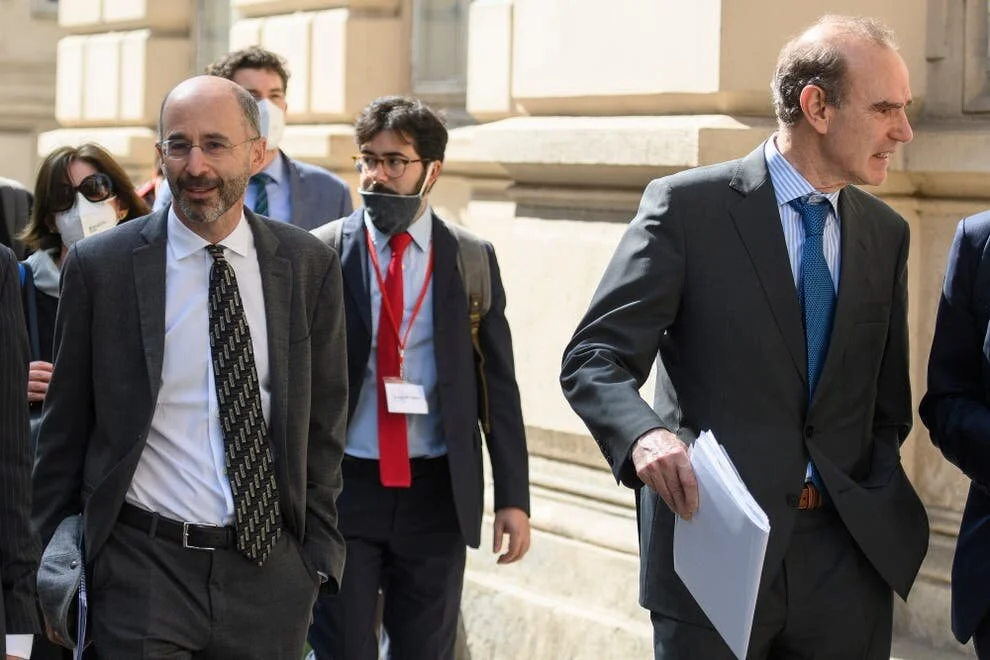Media Guide: Air Pollution in Iran
/By AIC Senior Research Fellow Andrew Lumsden
AIC’s 2018 “Myth vs. Fact” on Iran’s Geography challenged the myth that Iran, like many of its neighbors, is primarily a barren, desert land, and explains that the country instead features a very vibrant and ecologically diverse environment. As we noted then, Iran is facing serious environmental degradation, in large part due to global climate change and decades of resource mismanagement. However, there is one factor, almost entirely manmade, which is proving rapidly, obviously and devastatingly consequential for Iran’s environment and society, pollution.
The United Nations defines pollution as the presence of a substance, including heat, in “environmental media,” (the air, water or land) which produces “undesirable environmental effects” due to its “nature, location, or quantity.” Iranian officials have identified air pollution in the country as an issue of particular and pressing concern. Former President Hassan Rouhani even described it as a “monster” akin to terrorism in posing “grave danger” to Iran and the world.
This Media Guide will discuss some key aspects of the problem of air pollution in Iran; the areas most affected, the contributing factors and responses from civil society and the state.
Read More




















